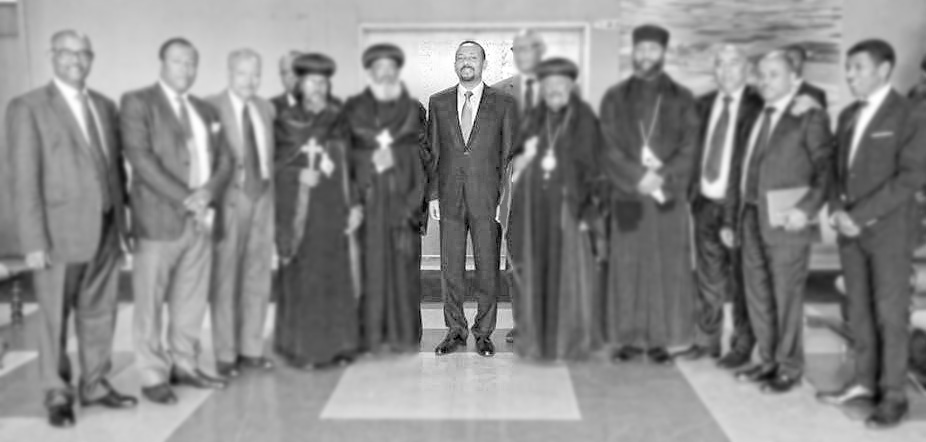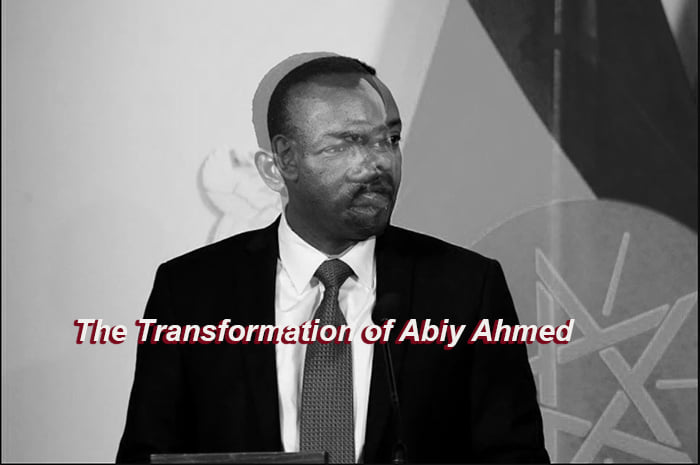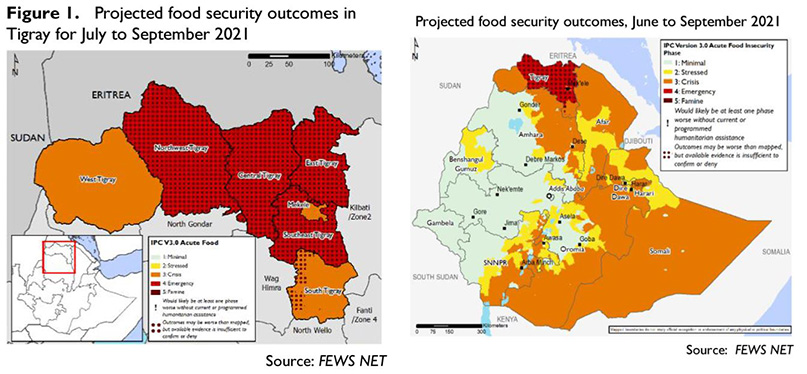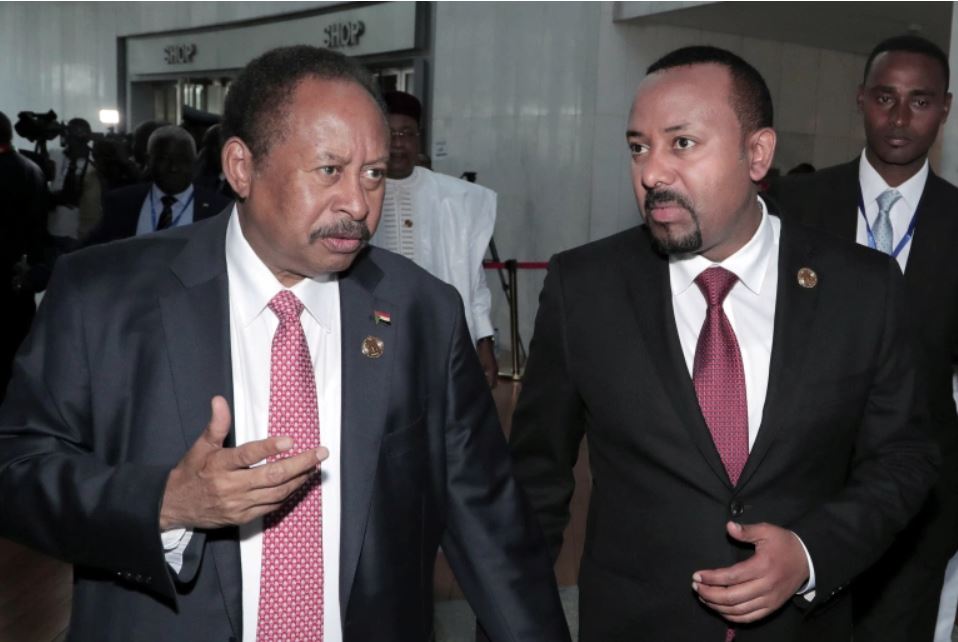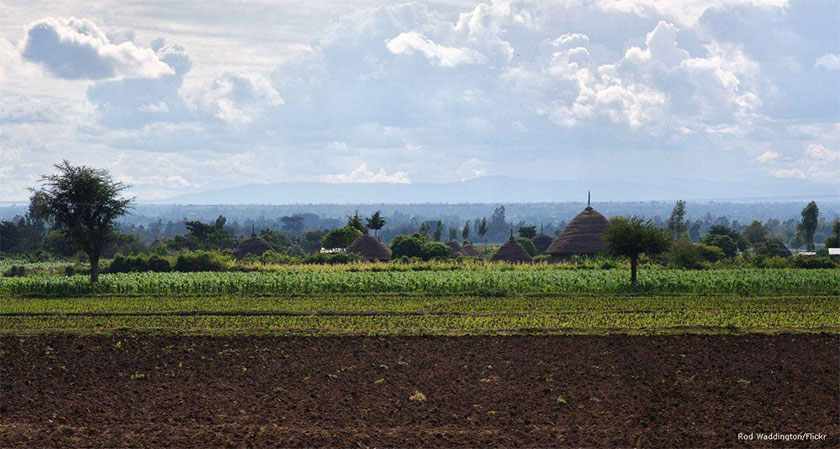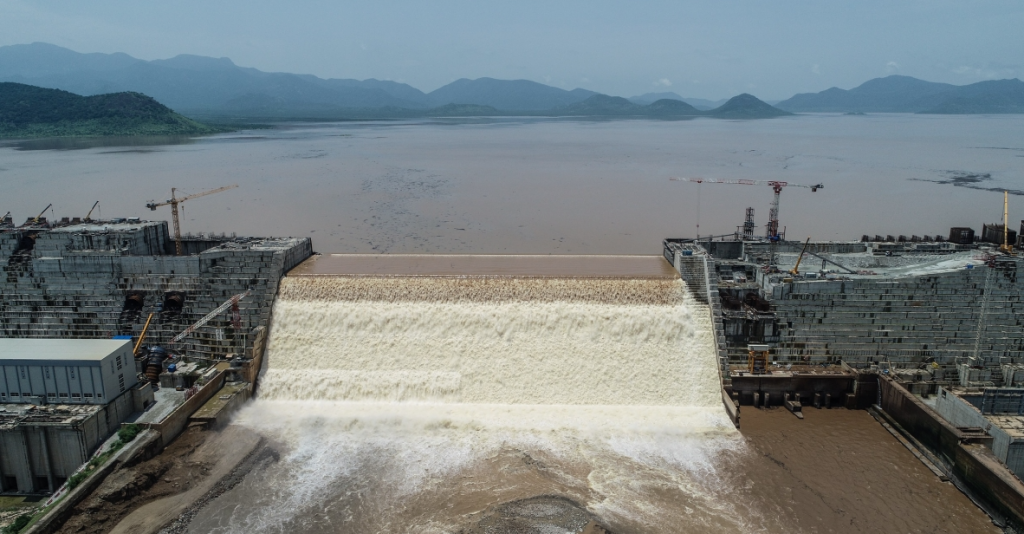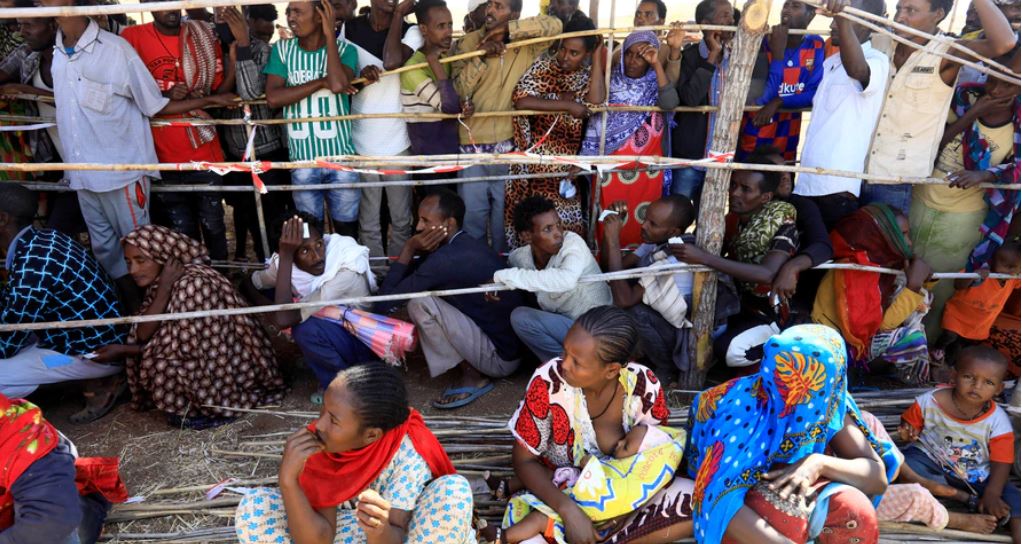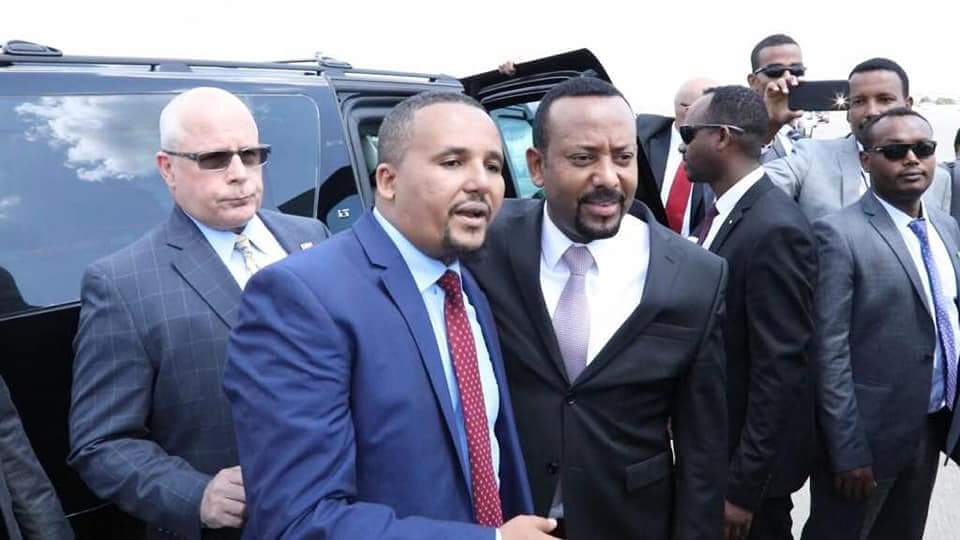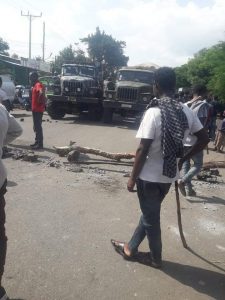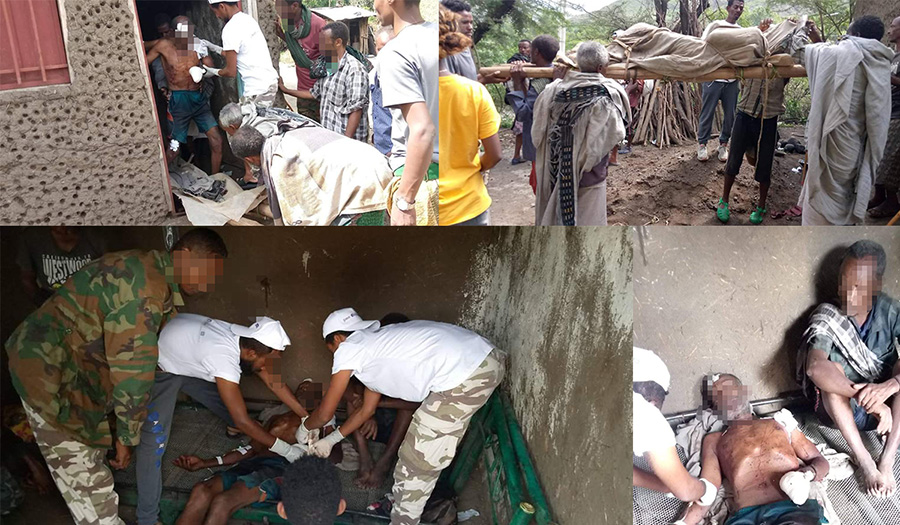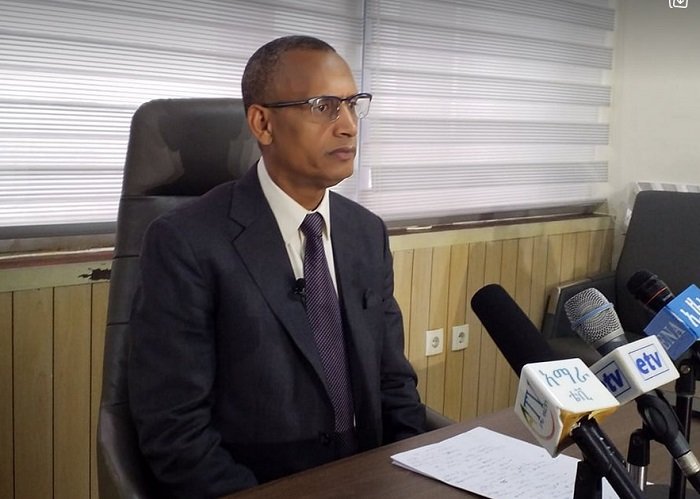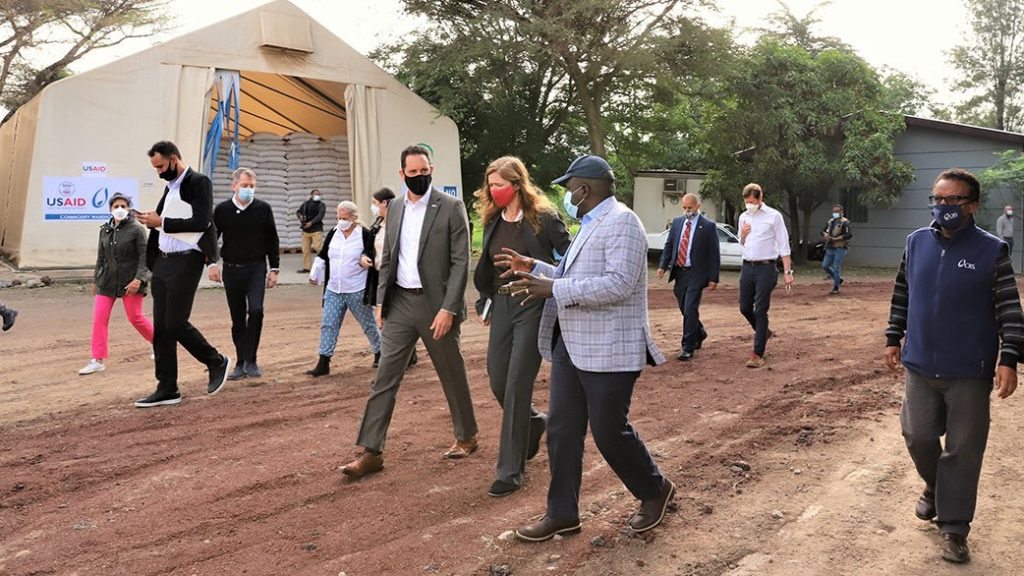The failure of definitive action of the United Nations to decisively act against genocide since World War II predicts the victims of Ethiopian genocide on Tigray can expect no real help. As a result of the genocidal actions of the Ethiopian government under the leadership of Abiy Ahmed towards the Tigray beginning on November 4th, 2020 it is possible that 750,000 people will die, thousands have suffered rape and other humans rights atrocities, and a population of more than 6 million people have been deprived of food security, personal safety, shelter, education, health care, transportation, and all means of communication for 9 months.
Unfortunately this catastrophe is just the latest of many genocides that have occurred in which the United Nations having recognized the crisis and its potential for horrific damage to human life yet accomplished nothing to stop or prevent it.
Critiques of the United Nations (UN) have noted that it has a history of acting “as a slow, reactionary bureaucracy, failed to effectively combat the genocides”. The UN is guided by the principle that military action is always to be avoided and that prolonged negotiation is the only answer. Unfortunately what this means is that usually the aggressor will get to maintain whatever territory or enslaved population already captured and often the oppressed have little chance for return to the previous status quo. This type of response is recognized by aggressors who know they have weeks to months to quickly do whatever immoral and egregious action they wish to take before the UN will even begin to discuss it. Knowing this the government of Ethiopia has taken a strong stand that it will not negotiate with the Tigray believing it faces no real threat of significant sanctions from the international community. For the Tigray it means they have no other course of fighting to overturn the government of Ethiopia.
Even when UN peacekeepers have been deployed they have failed to protect civilians when confronted by threat of attack by aggressors as they are directed basically to never engage as was seen in Bosnia in the 1990s. Former UN secretary general Ban Ki-moon acknowledged, for example, that UN troops were pulled out of Rwanda “when they were most needed” and further acknowledged that the innocent at Srebrenica were “abandoned to slaughter” in 1995.
Genocide was recognized officially in 1946 in response to the genocide of 6 million Jews by the German Nazi regime. Polish lawyer, Raphael Lemkin, in his 1944 book Axis Rule in Occupied Europe which lead to the UN Resolution 96(1), 11 December 1946 formally recognizing it. The definition of a genocide was created in this resolution:
“Genocide is a denial of the right of existence of entire human groups, as homicide is the denial of the right to live of individual human beings; such denial of the right of existence shocks the conscience of mankind, results in great losses to humanity in the form of cultural and other contributions represented by these human groups, and is contrary to moral law and the spirit and aims of the United Nations. Many instances of such crimes of genocide have occurred when racial, religious, political and other groups have been destroyed, entirely or in part.”
Yet only three genocides have been officially recognized by the UN Rwanda in 1994, Bosnia (and the 1995 Srebrenica massacre), and Cambodia under the 1975-79 Pol Pot regime.
Human nature is that we will take action to protect another based upon what their relation is to us. Evolutionary biologists talk about actions which preserve those closest to the same gene pool. Although the religions of the Abrahamic covenant (Christianity, Islam, Judaism) preach universal brotherhood mans ability to selfishly not see that the needs of others beyond his immediate circle of family and local community makes us reluctant to get involved. In Christianity this concept noted by Saint Paul was felt to be the greatest impediment to becoming a true Christian.


